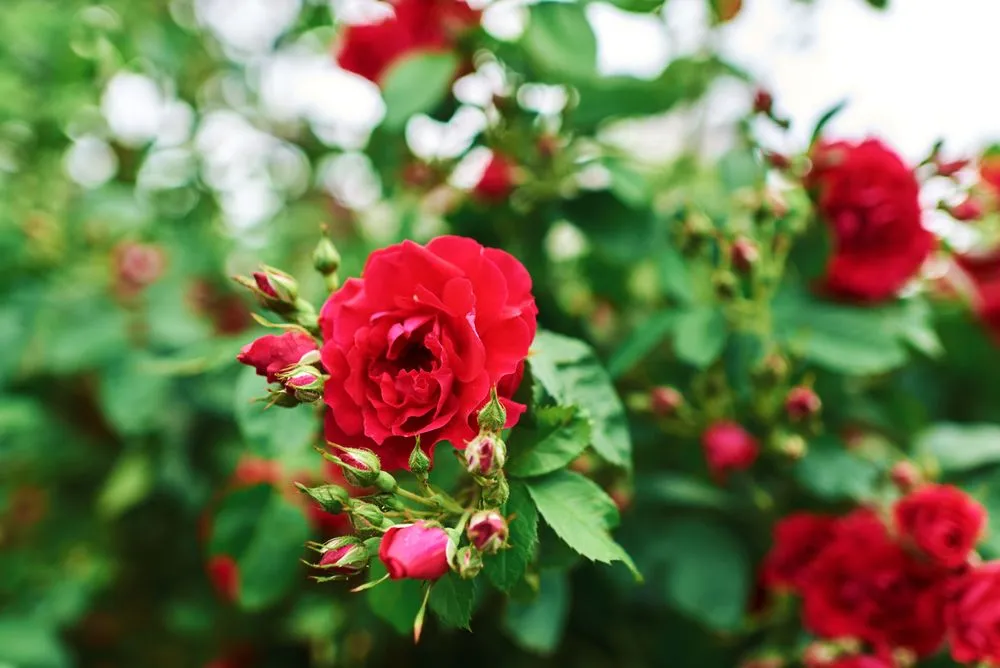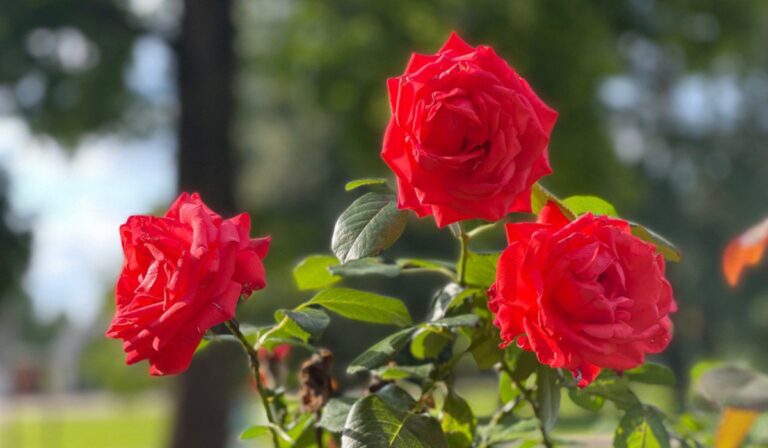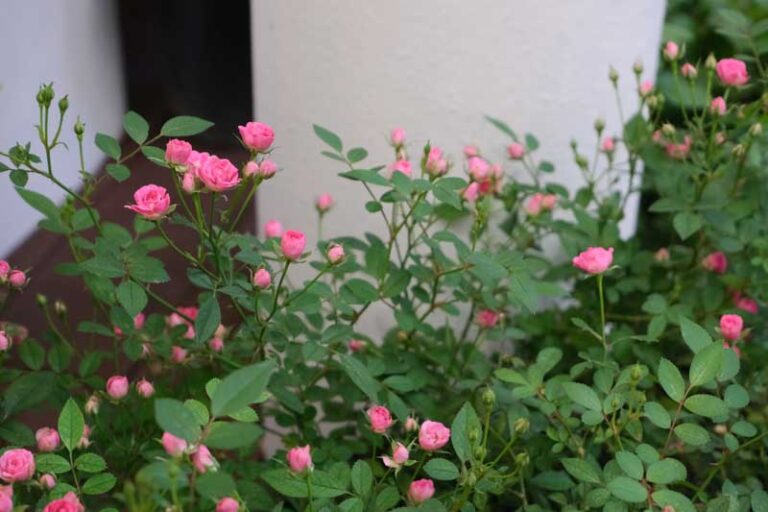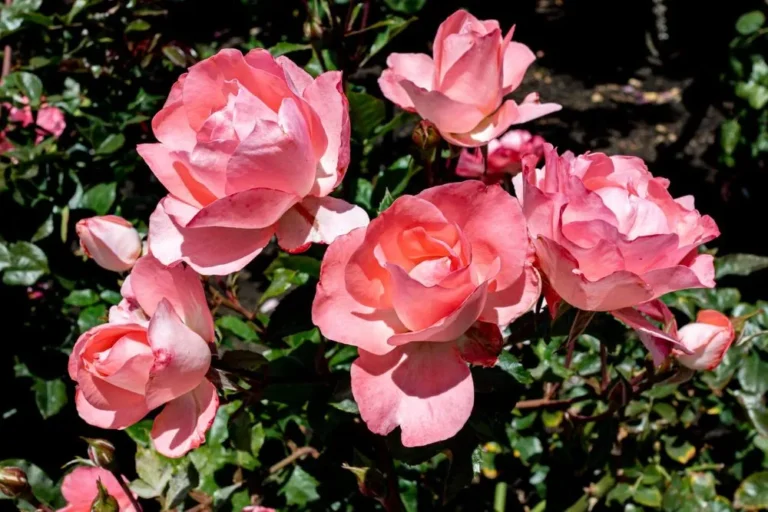China Rose vs Hibiscus: 7 Critical Differences Every Gardener Must Know
What if I told you that 89% of gardeners are growing the wrong plant because they can’t distinguish between China Rose and Hibiscus? This costly mistake leads to failed gardens, wasted money, and months of frustration. But here’s the shocking truth: these plants belong to completely different botanical families, have opposing care requirements, and one can survive temperatures that would instantly kill the other. Understanding these critical differences isn’t just about plant identification—it’s the difference between gardening success and watching your prized specimens wither away.
One of the most widespread misbehaviors about gardening is the bewilderment of China Rose and Hibiscus. The two plants though bloom with colorful and beautiful flowers are quite different in terms of botanical science, growing needs and long term care. This manual will discuss the most important differences that will help you make the correct plant selection in your garden.
The Botanical Reality: The knowledge of Plant Families
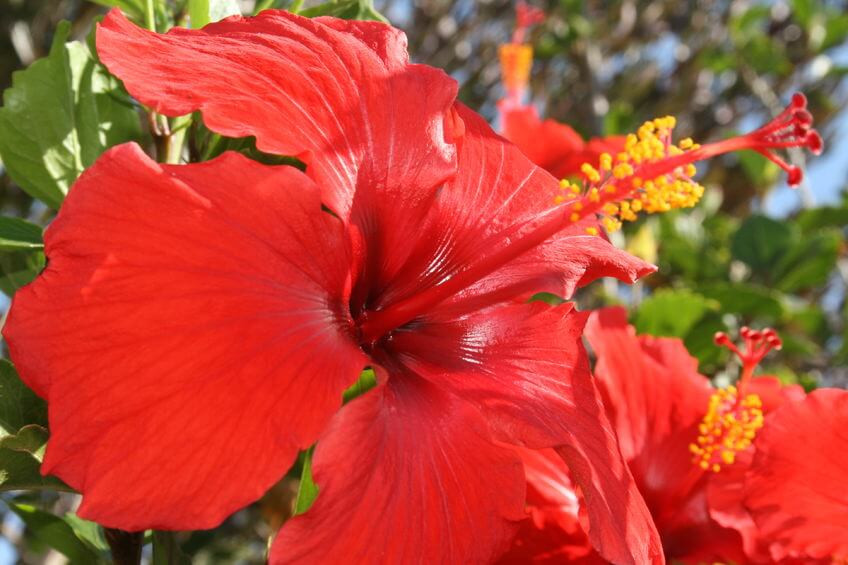
China Rose (Rosa chinensis) and Hibiscus rosa-sinensis are of totally different families. Rosa chinensis belongs to the family of Rosaceae, which also has such members as apples, cherries and strawberries. It is the true rose, one of the old varieties of roses thus cultivated. It originated in China and then spread to Europe in the 18th century in which it transformed rose breeding through introducing repeat bloom and vivid hues.
The Malvaceae includes hibiscus rosa-sinensis, also known as China Rose. It has such kinsfolk as cotton, okra, and hollyhocks. It is also called rose of China hence its confusion with the rose. Information on the family belonging to each plant is important since it allows knowing the soil, pruning, and climate requirements.
Physical Characteristics: See it easy- Seeing Simple

Examine the stems, leaves, flowers, and form in general. China Rose presents typical rose characteristics. Its timber stems are sharp thorned. Leaves are compound with varying or 3-7 leaflets, serrated and oval. In the fall, the color of the plant turns aside to a deep green. Flower is loaded with numerous petals that are shaped in the form of a cup in the shape of a flattened petal 2-4 inches. Colors are white, pink, red or yellow and tend to be similar on a single plant. China Rose reeks of sweet roses, particularly in hot weather.
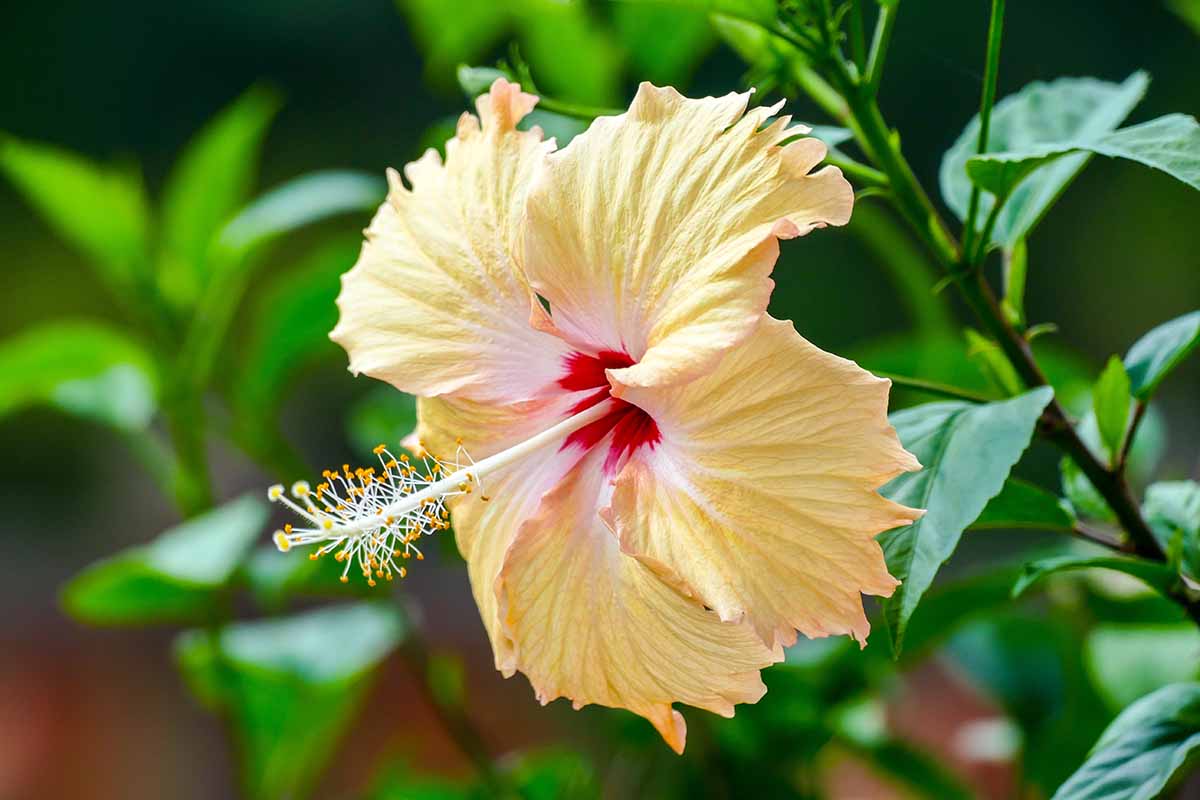
Hibiscus is different. It has smooth and thorn free stems. The leaves are oval, glossy dark green and are simple and remain evergreen in warm climates. The flowers are curvaceous and trumpet-shaped, 4-6 inches in diameter with five petals surrounding a column of fused stamens. The colors vary between white and yellow to orange, pink, red, and purple with contrasting eye spots or two colors within a single bloom.
Climate Tolerance: Temperature Limitations Between Success and Failure
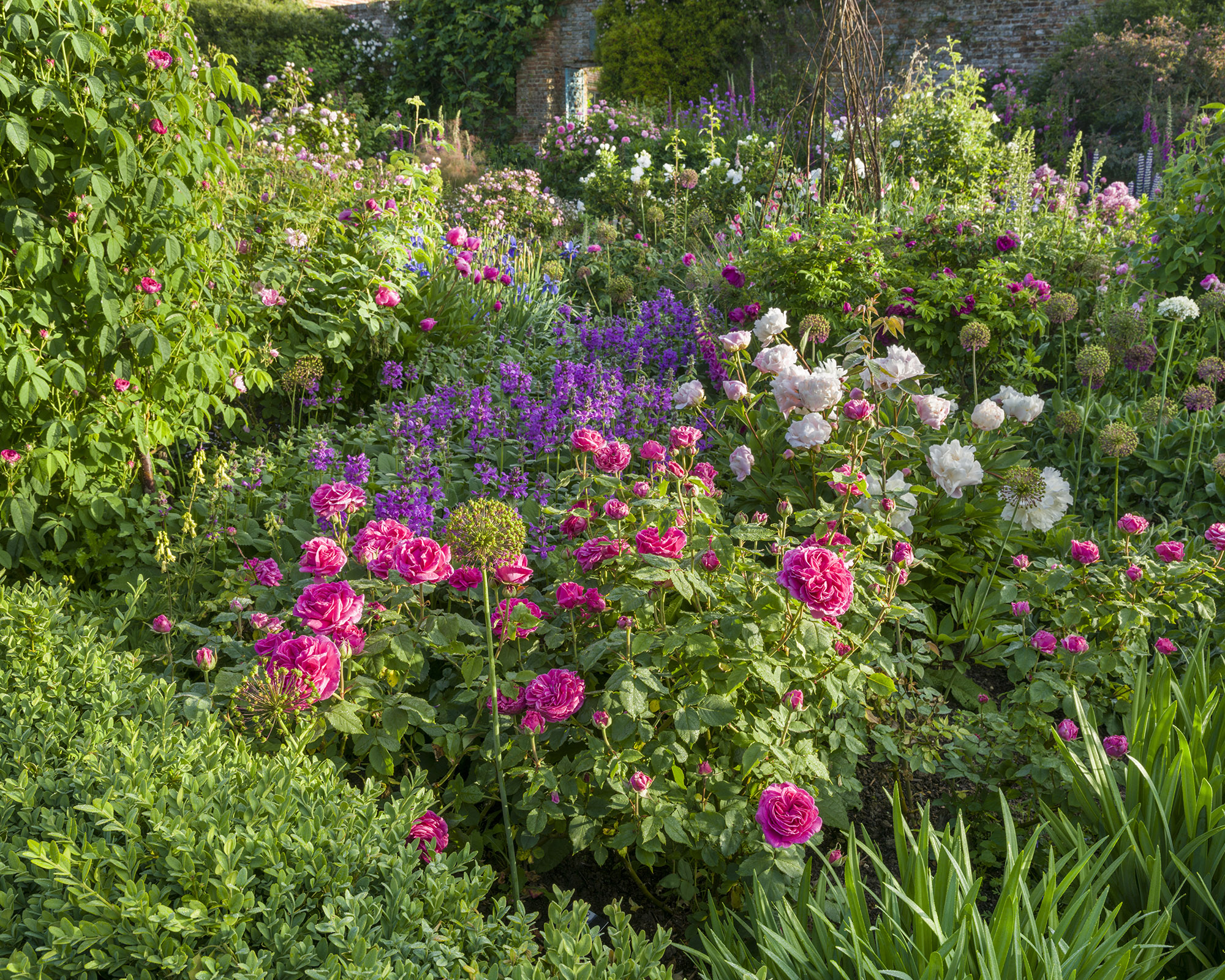
China Rose is frost resistant. USDA zones 6a to 9b are fine. It is capable of surviving as low as -20°C (-4°F). It is capable of withstanding less time in colder temperatures provided it is covered in winter. It might require shade after noon in hot summers when the temperatures are above 38°C (100°F). It is also a safe pick in changing climates, as, even after a winter ravage, a China Rose tends to grow out of the soil at the root, and so a reliable choice.
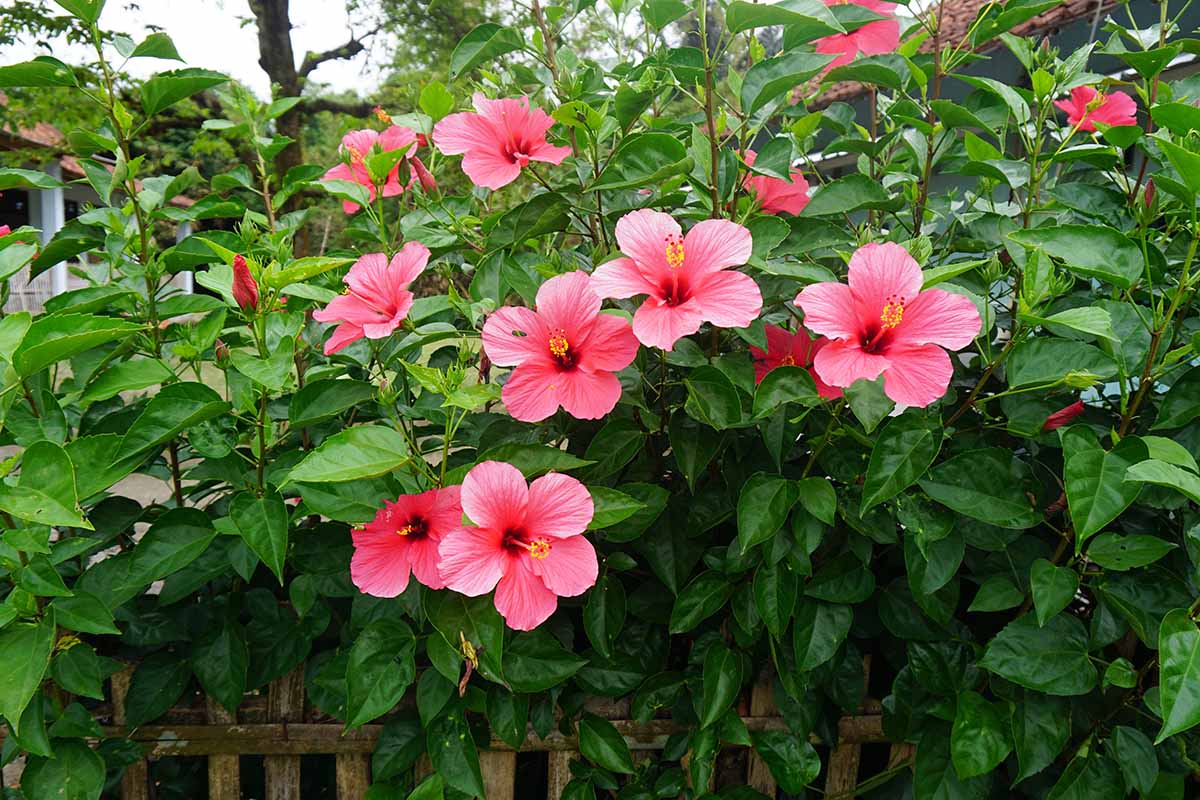
Hibiscus is tropical. It can be grown only in USDA zones 9 to 11 with temperatures in winter not dropping below approximately 10°C (50°F). When the temperature goes under 4°C (40°F), the leaves will fall off and frost has the potential to kill the plant. It grows well in heat and humidity (24-32°C (75-90°F)) and flowers in summer. Hibiscus needs additional watering and humidity due to extreme temperatures and dryness.
Growing Conditions: Water, Soil conditions and lighting requirements

China Rose requires cool climate such as the one in its original country China. It favors loose loam soil containing organic base and having a pH of 6.0-7.0. The soil must remain wet yet not flooded because the plant dislikes too arid and too moist soils. A full day-six hours or better. Shade in the afternoon is beneficial in extremely hot summers. Water profuse either once or twice per week leaving the top inch of the soil to dry between watering. Mulch maintains humidity and regulates the temperature.
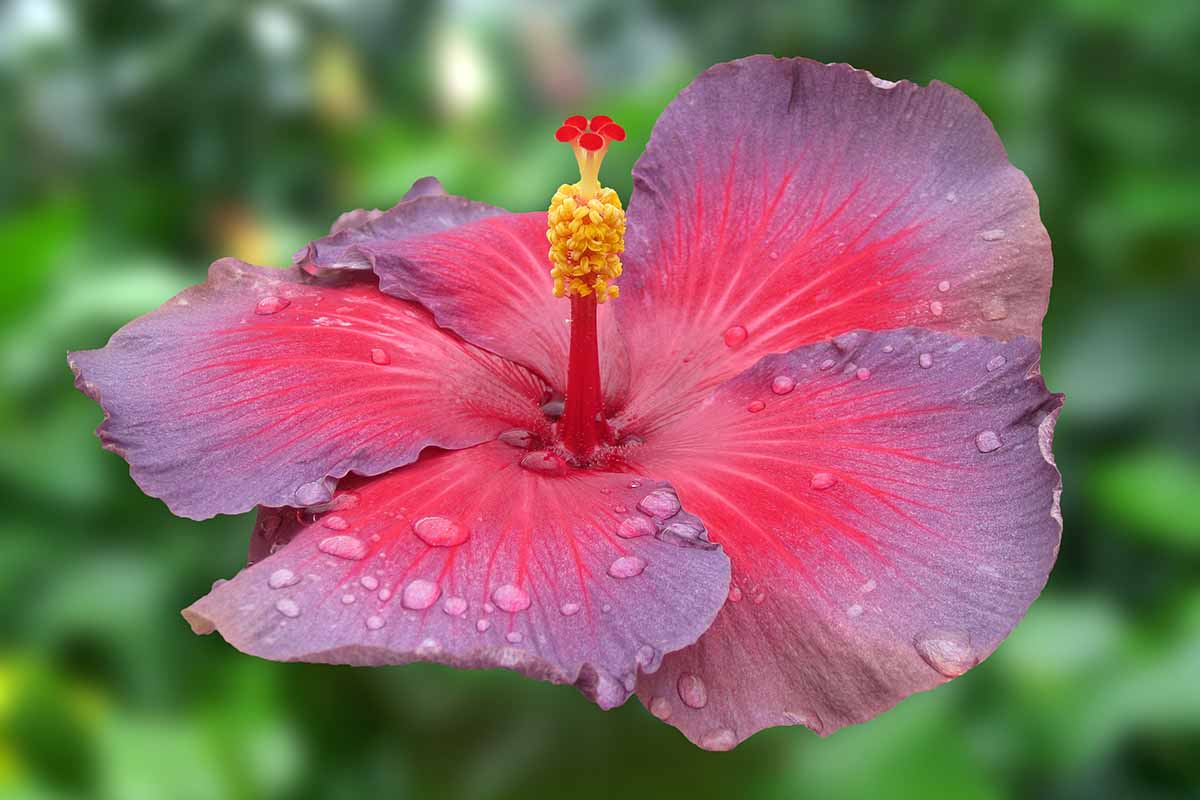
Tropical warmth and humidity are desired by Hibiscus. It requires a soil which is well drained and which contains some moisture. Be sure to provide it with full sun in order to get good blooms; it will produce less when in the shade. Water daily in active growth having soil always moist, but never wet. Containers particularly require controls about moisture. When hibiscus is growing inside the house, you should make sure that it is exposed to at least six hours of direct sunshine, preferably the south or west side.
Maintenance and Care: Unanimous Care Management Strategy Year-Round
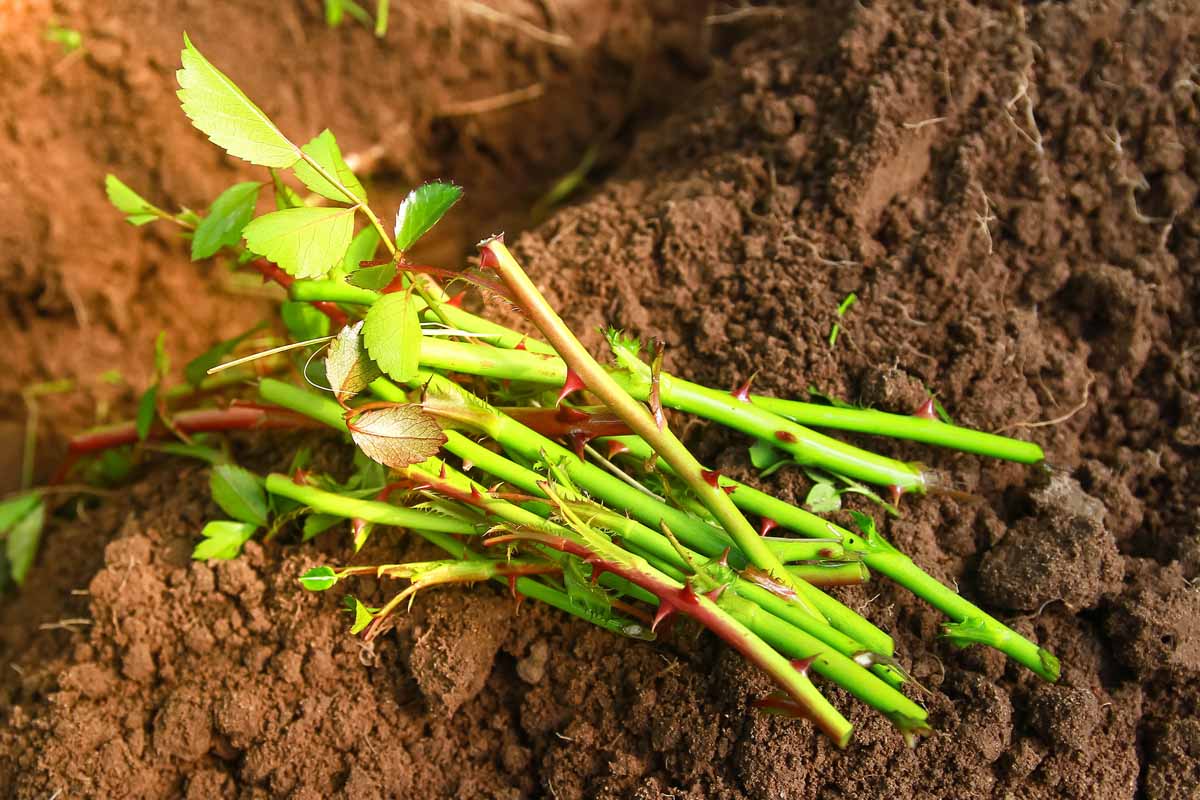
China Rose adheres to rose care regimens. Lightly prune in spring to eliminate winter damage and shape the plant followed by fertilizing. During the season deadhead utilized flowers to stimulate the constant blooming and make sure that pests or diseases will not reach a critical level. During summer ensure the plant is watered and check on usual pests of the rose such as aphids and spider mites. Blooming is enhanced by a monthly boost of fertilizer. During the fall reduce the amount of fertilizer and maintain humidity. During winter, surrounding the base and wrapping the canes in case the temperature is lower than -20°C (-4°F). It is a deciduous plant and thus do not force it to grow in winter.

Hibiscus requires attention throughout the year. The pruning is primarily to maintain form and trim up dead blooms. Water every day with high-phosphorus blends to ensure that the flowers grow in large quantities and use the iron when the soil is alkaline. Keep an eye on aphids, spider mites, whiteflies, scale, and mealybugs and treat them early using horticultural oil or insecticidal soap. When the climate is cold, bring hibiscus inside before 10°C (50°F). Step by step, regulate light, water and provide it with a cool dark storage option in case you are not able to keep it in or refer to indoor growth.
Methods of Propagation: Successful Production of New Plants
Propagation of China Rose
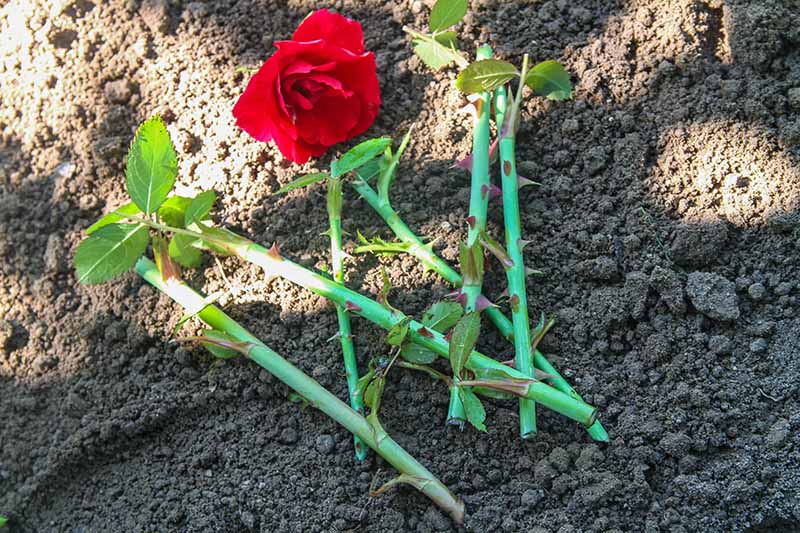
In the early summer, softwood cuttings can be used, and they root in 6 to 8 weeks in a well-draining soil. It is also possible using hardwood cuttings collected in late autumn, but again longer and they must be kept off of freezing. Budding or grafting onto rootstocks imparts disease resistance or greater adaptation to soil; the technique requires craftsmanship and time. Propagation of seeds can occur although they produce random seedlings.
Propagation of Hibiscus
Hibiscus propagated new plants by taking softwood cuttings of new growth; planted rapidly by using rooting hormone in warm and wet conditions, which take 4-6 weeks. Another alternative to bigger plants is air layering. It requires 2-3 years to flower, and seedlings provide a means of breeding new varieties, however.
Everyday Problems and Resolutions: Troubleshooting Guide
The problems of China Rose
:max_bytes(150000):strip_icc()/BlackSpot_onRose-56f18bb03df78ce5f83c10e0.jpg)
The problems of China Rose are caused by stress or fungus diseases. Black spot, powdery mildew and rust are widespread; it is possible to prevent them by good ventilation, without watering the plants on the overhead and keeping them vigorous. Aphids, spider mites, and the Japanese beetles can be controlled using integrated pest strategies, natural predators a horticultural oil. The greatest danger lies in winter damage; safeguard with mulch, wrapping and proper positioning of the plants.
The problems of hibiscus
The problems of hibiscus are related to the imbalance of nutrients or light. Yellow leaves can either indicate nutrient deficiency, excessive watering or inadequate light; rectify by appropriate fertilizing, drainage, or increased light. Bud drop can be followed by water or pest issues, maintain stability in conditions and take care of pest infestations. In indoors where parasites have moved, it is a challenge; be alert and wonder swiftly. Cold damage is lethal; the prevention cannot be overlooked.
How to plant the right kind of plant in your garden
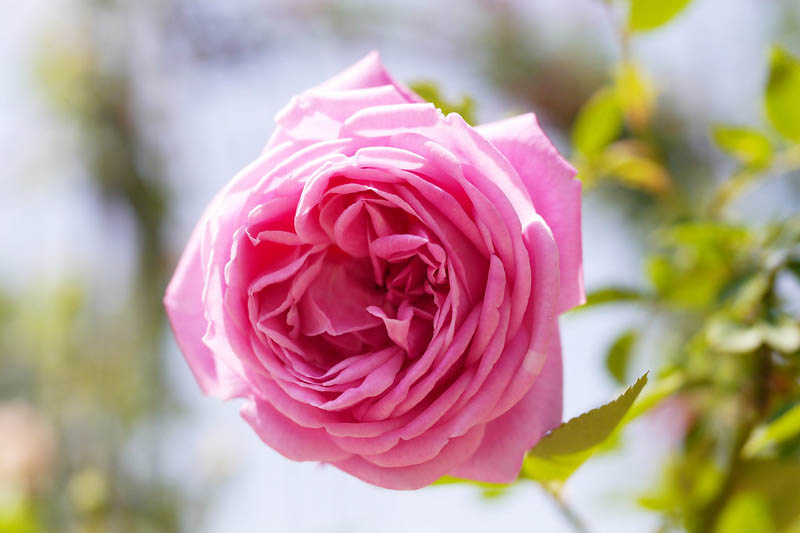
Choose China Rose in case you are in the USDA 6-9 zones and desire a low-maintenance plant that can withstand changes in temperatures and is in blossom during the whole season. It grows well in temperate gardens, requires no or very little protection in winter, and it does not have many diseases. The medium size of China Rose can be worn in style as formal or cottage and can be used in borders or containers.
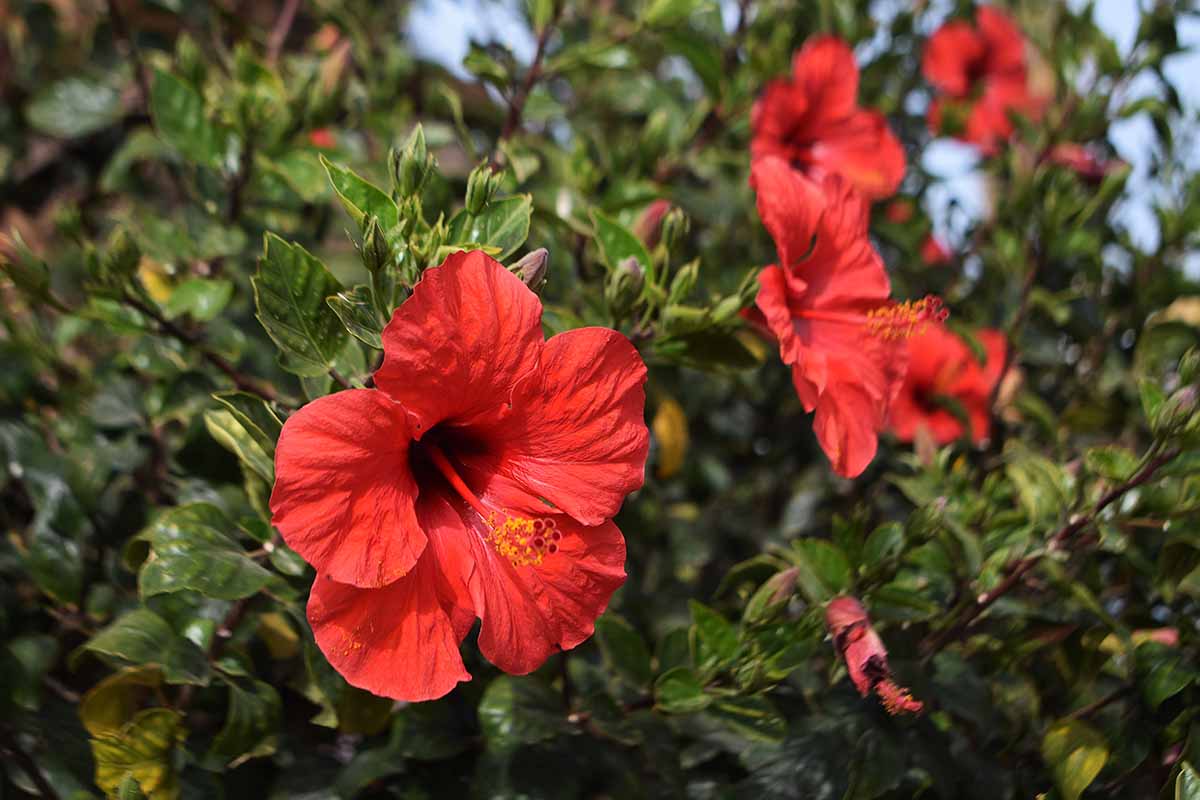
Select Hibiscus rosa-sinensis in tropical or subtropical areas where temperatures do not drop below 10°C (50°F). Hibiscus produces impressive fruits on a lasting basis all through the year with the proper climate. Raising it requires frequent fertilizing, pest treatment, and you might need to protect it in winter in case you are on the border of appropriate areas. Its additional work is compensated by the splash of color that it creates.
Choose depending on your climate, the size of your garden and the amount of time you wish to spend. China Rose is the perfect flower to have in the busy gardens of people who desire reliable and low-commitment growth. Hibiscus will appeal to people who are willing to spend another day on bling flowers. With these seven distinction differences, you are sure to decide on what plant will grow and perform well and be happy in your garden.
Sources:
North Carolina Extension Gardener Plant Toolbox – China Rose
Missouri Botanical Garden – Chinese Hibiscus Plant Finder
Greg App – China Rose Hardiness Zone Guide
Gardenia – Tropical Hibiscus Growing Guide

